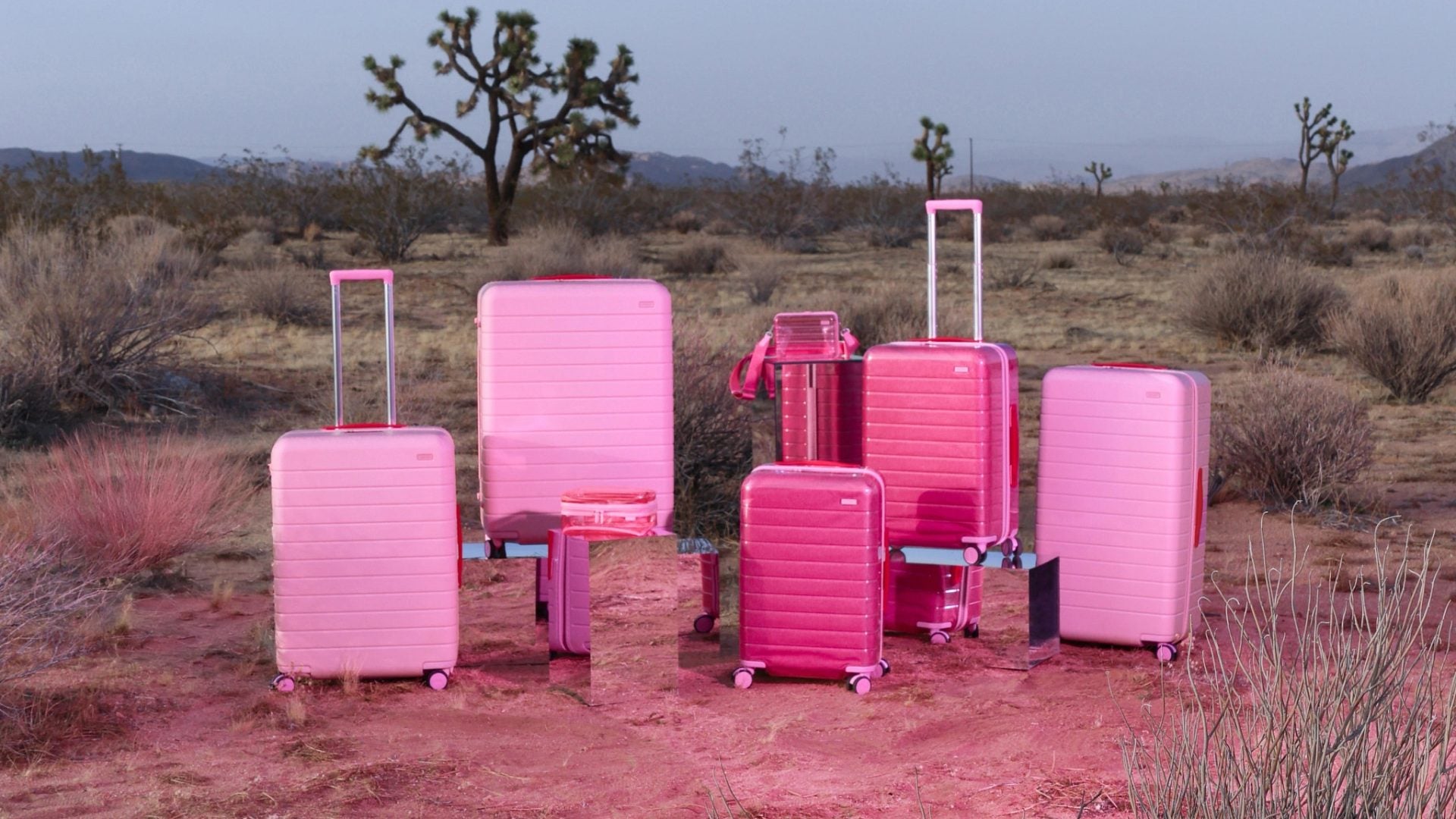The Georgia sun was unrelenting that July day in 1963. It caused sweat to trickle down the backs of young brown girls wearing pretty homemade cotton dresses, starched blouses and capri pants. Moisture formed at the napes of ebony boys with neatly cropped hair, dampening their crisp, short-sleeve shirts. But for some 200 Negro children and adults singing “We Shall Overcome” as they marched down Cotton Avenue in the small southern town of Americus, Georgia, the heat was the least of their concerns. In this onetime cotton center founded in the 1830’s, Blacks made up about half of the 13,000 residents, but they were treated as second-class citizens under the same Jim Crow policies that ruled the South. Americus, with its mix of antebellum cottages, tin-roof shanties, pecan orchards and railroad tracks, had a name that suggested democracy, but racism was as fertile here as the rich, red Georgia soil. Colored and Whites Only signs proliferated, and segregated lunch counters, schools, restrooms and water fountains were a way of life.
“If you think of Mississippi first and Alabama second, then Georgia was third in terms of discrimination,” says Julian Bond, then a 23-year-old leader of the Student Nonviolent Coordinating Committee (SNCC) and now chairman of the NAACP. “In those days Black people had no rights that Whites felt bound to obey. You expected every outrage, and the worst that could happen, would happen.”
Indeed, at high noon on that hot July day, the worst was beginning to unfold in downtown Americus. “The plan was for half of the demonstrators to head to the segregated Martin Theater, while the rest were to veer right toward the White waiting room of the Trailways bus station,” recalls James A. Westbrooks, then a 19-year-old college student and a field secretary for SNCC, which had joined with the NAACP to organize the demonstration.
In Americus, as in other parts of the South, young people, fired up by meetings at local Black churches, had become faithful foot soldiers of the movement. They had already taken part in sit-ins, protests and picketing at the segregated public library and the local courthouse, and voter registration drives were plentiful. “We were marching at least once a week and every weekend,” remembers Emmarene Kaigler Streeter, who turned 14 that year. “A lot of us were sneaking out of the house and doing it against our parents’ wishes.”
But just as the dream of dignity and equality emboldened some Blacks, their challenge to the status quo angered and threatened many Whites in Americus, including some of those charged with protecting them. Police Chief Ross Chambliss and the tobacco-chewing sheriff, Fred Chappell, were as infamous in these parts as Bull Connor was in Birmingham, Alabama. Chappell, who some local folk described as heavy-jowled and prone to calling Blacks “nigger,” had even left an impression on Dr. Martin Luther King, Jr., back in 1961. After his arrest in nearby Albany, Dr. King had been transferred and briefly held in the Sumter County jail in Americus. Afterward he is reported to have said that Fred Chappell was “the meanest man in the world.” This was the man waiting to meet the marchers in Americus in 1963.
“Blood was pouring down my face”
Near the edge of downtown, the demonstrators found themselves facing a large White mob that included law-enforcement officers, known Ku Klux Klan members and self-deputized citizens who had apparently heard about the protests from an informant. No one doubted that the snarling police dogs, high-powered fire hoses, billy clubs and electric cattle prods carried by some in the angry mob would be used. But the marchers knew they would not fight back. They had taken an oath of nonviolence that included no hitting or cursing, not speaking or laughing, never blocking entrances to stores and aisles, and being courteous at all times. So when the sheriff ordered them to disperse, the demonstrators dropped to their knees and began to pray.
Photo Credit: Danny Lyon/Magnum Photos
SNCC smuggled photographer DANNY LYON into the stockade grounds in 1963 to capture this haunting portrait of the jailed girls of Americus.
Photo Credit: Michael Blackwell
Six of the women who were imprisoned together in the summer of 1963 stroll toward the grounds of the Leesburg Stockade last January.
Photo Credit: Some of the women gathered last January on a bridge in Americus, Georgia. From left: Annie Lou Ragans Laster, Carol Barner Seay, Gloria Breedlove, Emmarene Kaigler Streeter, LuLu Westbrooks Griffin, Sandra Russell Mansfield, Diane Dorsey Bowens.





